According to mainstream paleontologists, dinosaurs became extinct 65 million years before the evolution of modern humans. This hasn’t prevented the theory that certain dinosaurs may have survived as relict populations and appeared in human art.
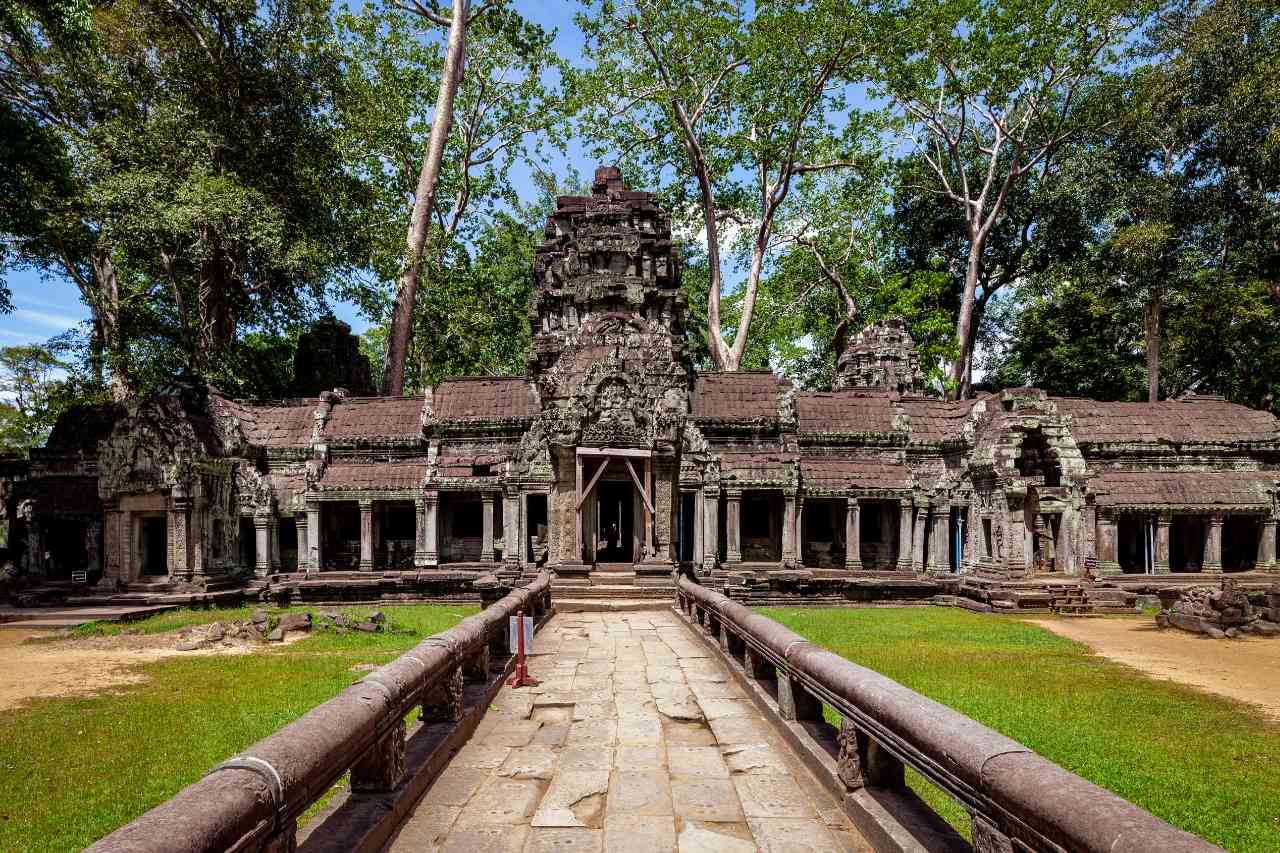
A cryptic sculpture at Ta Prohm, a gorgeously overgrown temple in Angkor, the old Khmer Empire’s capital city, is one example of artwork used to support this point of view.
Ta Prohm was erected as a Mahayana Buddhist monastery during the time of Khmer monarch Jayavarman VII (1181-1218 AD). After the Khmer Empire fell, the temple was abandoned and reclaimed by the jungle until the nineteenth century, when archaeological excavations at Angkor started.
Ta Prohm is most known today for the incredible sight of huge tree roots winding their way through the dislodged stones. That lovely perspective, however, is being carefully monitored and maintained these days to ensure that the temple does not degrade further or become hazardous for the numerous people that visit the site each year.
Wait, is that a stegosaurus?
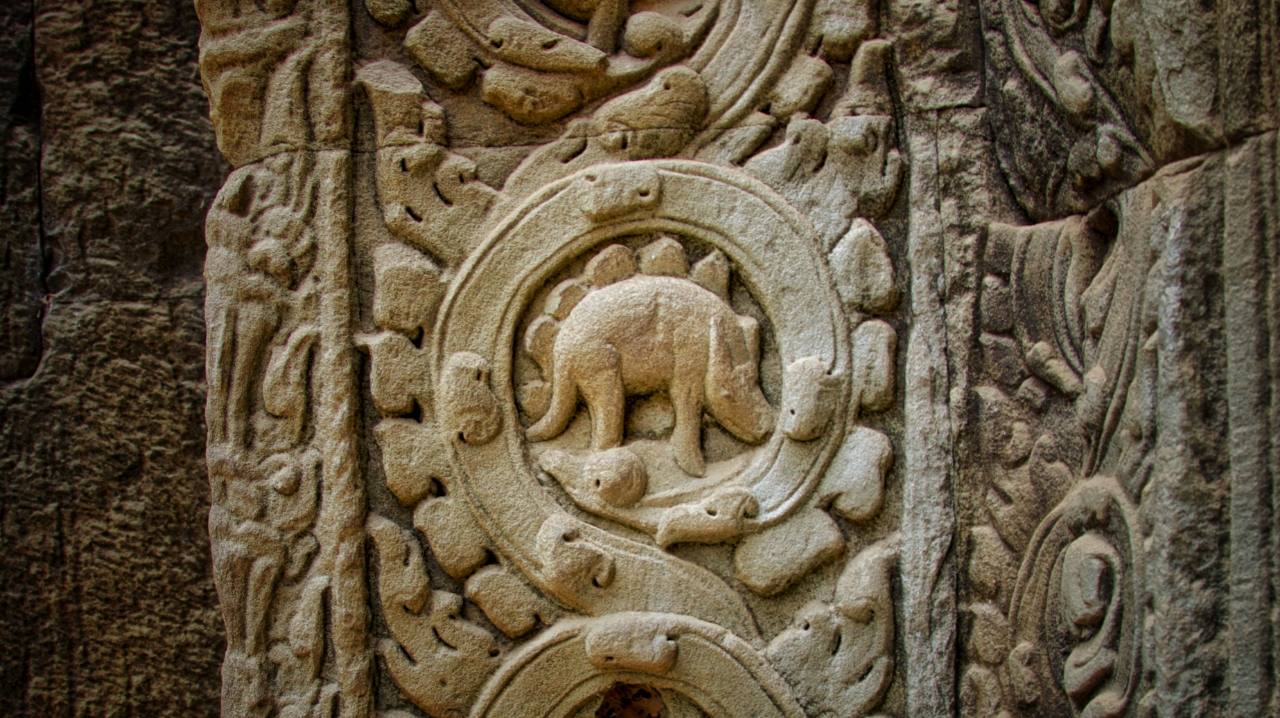
Ta Prohm has become noteworthy for individuals interested in extant dinosaur populations because of a beast etched on the temple’s walls that some say resembles a stegosaurus. The protrusions on its back that resemble the dorsal plates of the well-known dinosaur give this creature a saurian appearance.
This is a particularly popular argument among young earth creationists, who believe it demonstrates that dinosaurs coexisted with humans long enough for their images to be etched on temple walls.
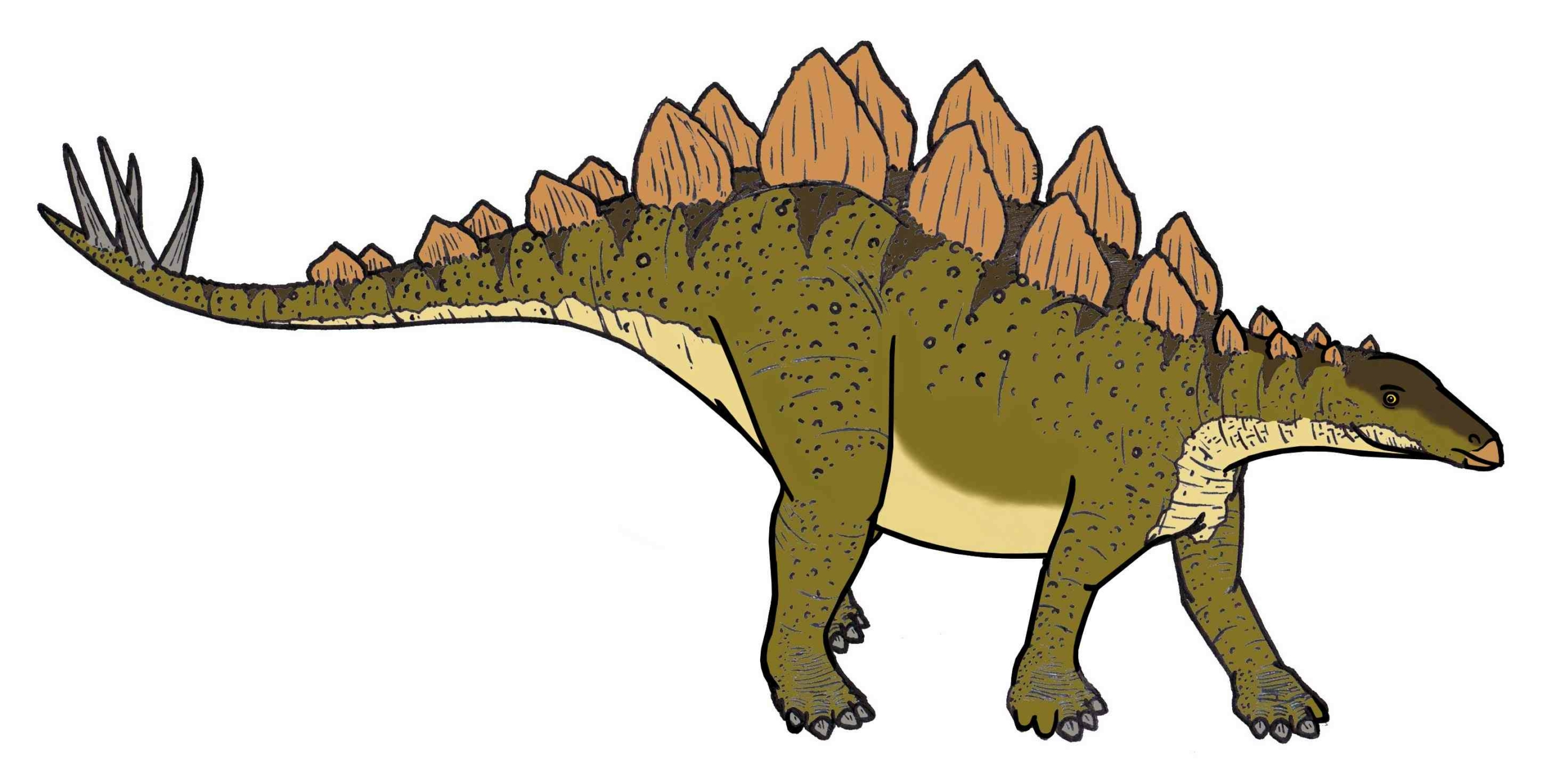
Is it possible that this creature is a dinosaur? To the modern mind, it does resemble a dinosaur. However, there are significant issues with this idea. The first issue is that the supposed plates mirror artistic flourishes found in many other sculptures around the temple.
They differ from the other flourishes in appearance, yet the notion that they are flourishes cannot be ruled out. When the flourishes are removed, the monster resembles something more like a rhinoceros than a dinosaur.
There isn’t much reason to believe that this creature is a stegosaurus or any other dinosaur without the plate-like engravings over its back. For one reason, the animal lacks the dinosaur’s signature large spikes on the rear of the tail.
Because this is such a distinguishing aspect of the animal, it seems doubtful that an artist would overlook it. Furthermore, there appear to be ears or horns on the rear of the animal’s skull, which the stegosaurus did not have. The form of the creature’s head is likewise incorrect.
Or maybe it is a spike-less dinosaur?
Supporters of the stegosaurus theory have proposed alternatives such as the animal being a stegosaurus species without spikes. A particularly intriguing theory is that the sculpture depicts a tamed stegosaurus, with the spikes removed for safety reasons and the animal muzzled. The ear-like features, according to this viewpoint, are part of a harness.
To react directly to these two ideas, it is feasible that an unknown species of stegosaurus existed that lacked spikes, but this necessitates extra assumptions and backs up what is currently supposition with even more speculation. We must not only presume that it represents a dinosaur, which has not been proven, but that it represents a dinosaur for which we do not yet have proof. This proposal contradicts Occam’s razor.
The second argument is problematic since there is no clear proof that the stegosaurus existed in historical times, let alone that it was domesticated by people. We have discovered no fresh bones, harnesses, or other evidence of domestication of huge species such as stegosaurus. If there were domestic dinosaurs, this would be the sole known example.
It could be a dinosaur, a rhinoceros, or boar…
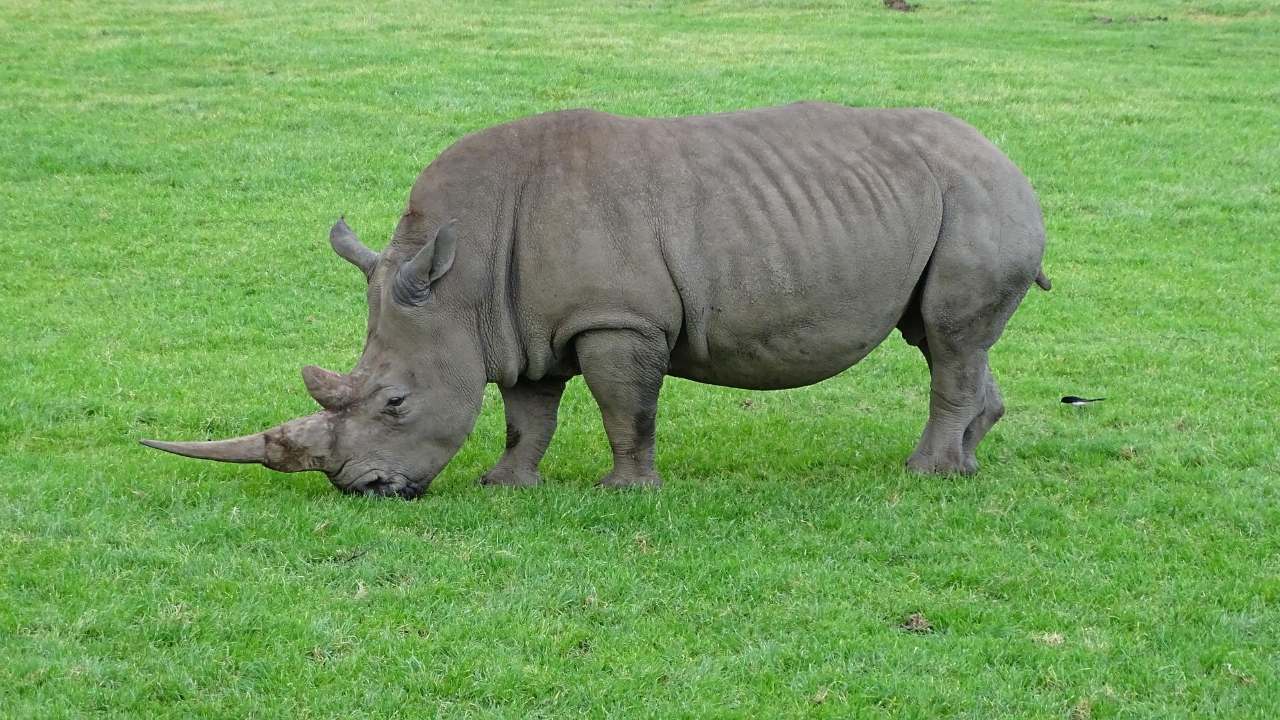
Given this, it is more likely that the creature depicted on the temple represents a creature more familiar to the ancient Khmers. Scholars have noted similarities between the creature and a boar, rhinoceros, or stylized chameleon, among other animals.
It does not exactly resemble these animals, but there are just as many reasons to believe it is a rhinoceros, with its ears and head shape, as there are to believe it is a stegosaurus, with the protrusions resembling dorsal plates.
The creature’s identity is, at best, ambiguous. We cannot be certain that it is not a dinosaur, but given that the Khmers encountered rhinoceroses, boars, and chameleons but no living dinosaurs, it is more likely, based on the evidence and Occam’s razor, that it is one of the more mundane animals suggested rather than a relict population of the stegosaurus.
Another issue concerns the environment itself. Because there is no conclusive evidence of recent dinosaur remains that are not fossilized and encased in solid rock millions of years old, any living dinosaurs would have to be extremely rare and most likely restricted to a remote area where they would be safe from predators such as humans and abrupt changes in their environment.
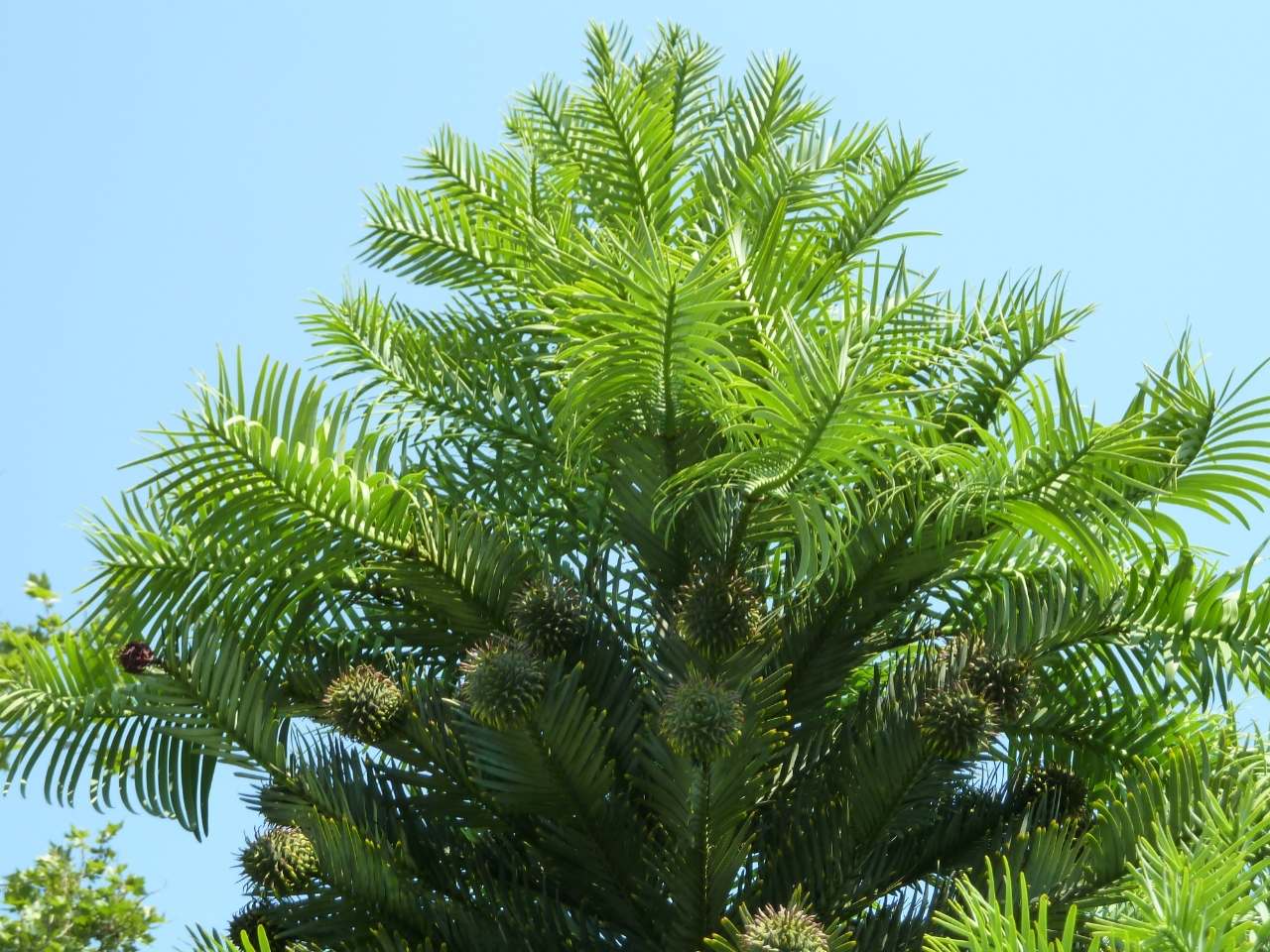
In comparison, the Wollemi pine tree, a relict population of a tree that was common in the Mesozoic, exists only in a remote part of Australia that has probably changed a little over millennia.
Cambodia was the home of a major urban civilization, the Khmer Empire, at the time the temple was built, and it had been continuously inhabited by humans since at least the Lower Paleolithic. Humans have undoubtedly harmed the environment in Southeast Asia by felling forests and establishing farmland, towns, and cities.
As a result, it is not immune to environmental influences that could destabilize the environment and drive a vulnerable relict population to extinction. While this does not rule out the possibility of a dinosaur population in the area being detected by humans so late in history, it does make it less likely.
Some conclusions on the ‘dinosaur’
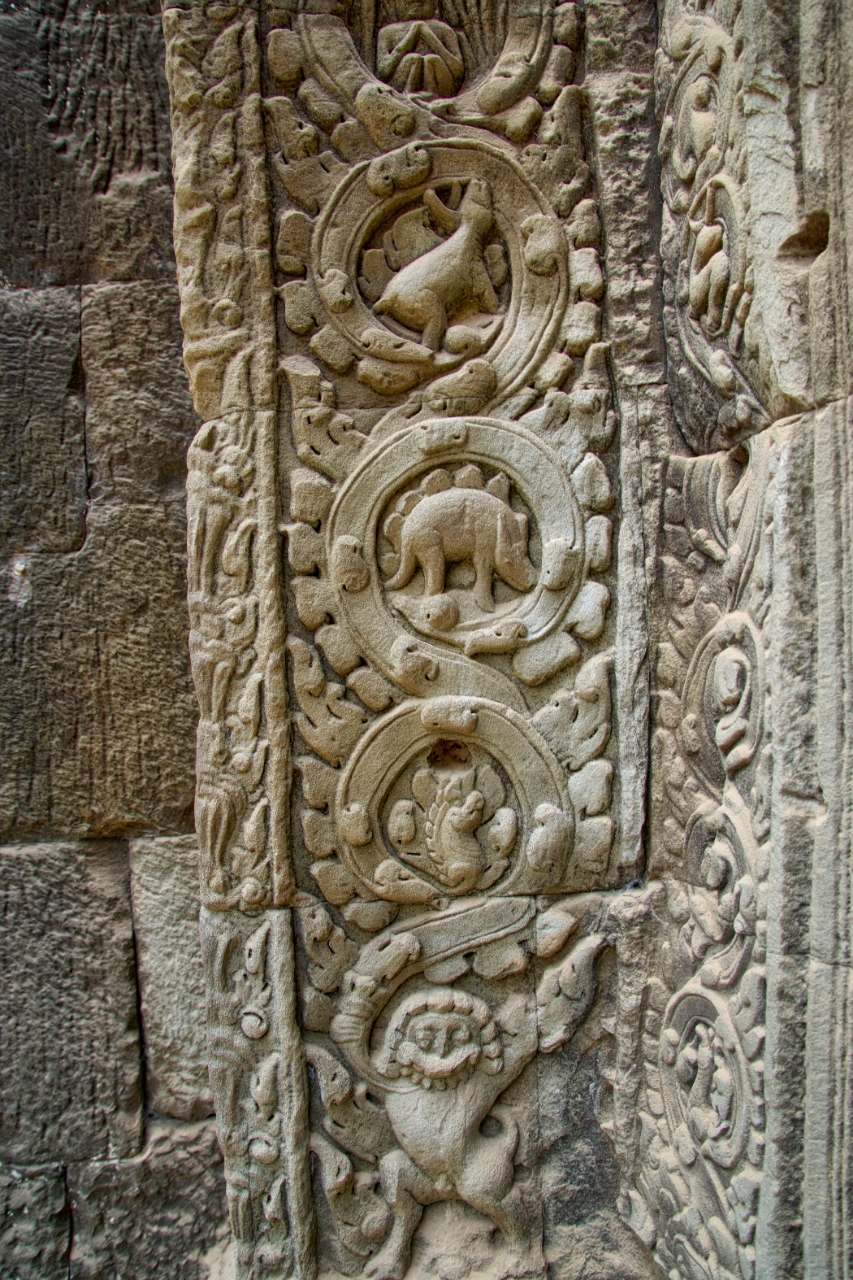
The only reason to believe it is a dinosaur is because it fits into some people’s preferred explanations, such as young earth creationists who believe dinosaurs and humans coexisted or fringe thinkers who believe in a surviving relict population of dinosaurs that did not go extinct, both of which are valid, logically coherent positions but are not currently supported by any irrefutable evidence.
As there is currently no unambiguous evidence from the fossil record or historical records that humans and dinosaurs coexisted, the explanation that the creature is a stegosaurus is less likely than the explanation that it is a rhinoceros, chameleon, boar, some other modern animal, or even a mythical creature.
We have conclusive evidence that rhinoceros, boars, and chameleons coexisted with humans and may have been encountered and described by artists. On the other hand, there is no evidence that dinosaurs were present in the area at the same time as humans or that humans would have encountered them.
Furthermore, a relict population of large prehistoric reptiles is unlikely to be found in the densely populated Khmer Empire. Before the less likely explanation that the artist encountered a live dinosaur can be considered preferable, more likely explanations must be ruled out.




